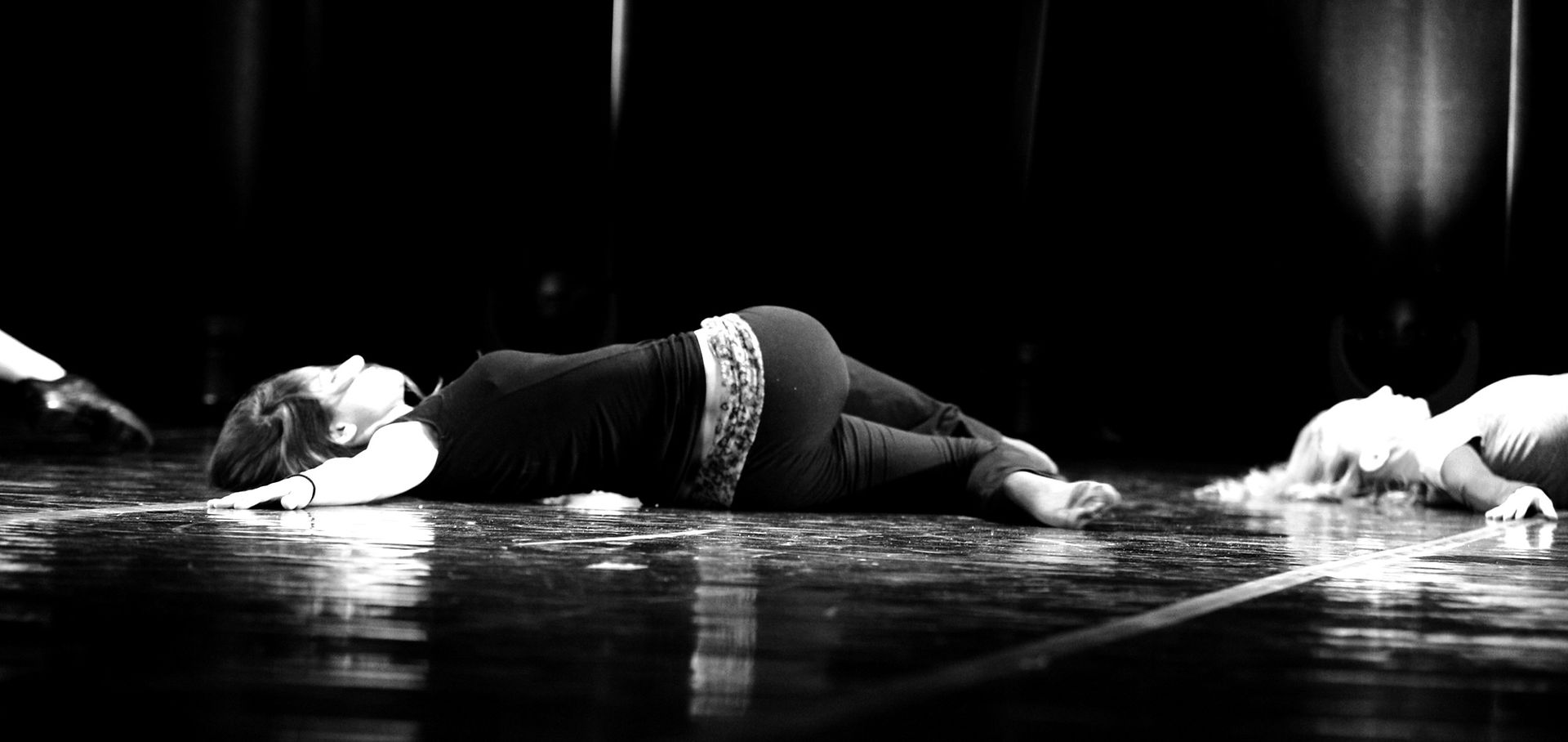
Was ist ESTODA?
ESsential Technique of Oriental DAnce - ESTODA
Yasmin al Ghazali entwickelte dieses System der Bewegungsvermittlung in 1996.
Basierend auf physikalischen Gesetzen und - ohne es damals zu wissen - ebenso auf grundlegenden Biomechanik-Regeln, wurden alle ihr damals bekannten Bewegungen analysiert, auseinander genommen und neu zusammengesetzt.
Insofern ist das System nicht neu, jedoch in seiner Konsequenz durchdacht und für den Unterricht so aufbereitet worden wie nie zuvor.
Das System beruht auf den anatomisch-physiologischen Möglichkeiten des Menschen, den eigenen Körper - oder Teile davon - auf und mit den Achsen im Körper zu verschieben und zu verdrehen. Somit ergibt sich ein logisches Prinzip von 6 Elementarbewegungen, aus denen sich alle bekannten Bewegungen zusammensetzen lassen.
Die Rotationen: Wippe, Kippe, Twist
Die Geraden: Sagittale, Horizontale, Vertikale
Hinzu kommen biomechanische und einfache physikalische Regeln wie Beschleunigung, Gewichtsverteilung, Druck- und Zugbewegungen und insbesondere Schwer- und Druckpunkt-Verlagerungen in Bezug auf Tempo und Rhythmik der entsprechenden Bewegung. Nicht zuletzt spielt das Mengen- und Zeitverhältnis der einzelnen Elementarbewegungen zueinander eine wesentliche Rolle bei der eindeutigen Erklärung und Ausführung der gewünschten Bewegung, z. B. 1 : 1 bei sogenannten „Achten“.
Was hier sehr theoretisch klingt, ist in der Praxis völlig logisch, oft schon intuitiv richtig, aber meistens nicht klar kommuniziert und für den Unterricht aufbereitet. Hier schließt ESTODA eine wesentliche pädagogisch-didaktische Lücke im Oriental-Tanzunterricht - obwohl das Prinzip der Bewegungsanalyse und -Erklärung leicht auf andere Tanzformen anwendbar ist.




